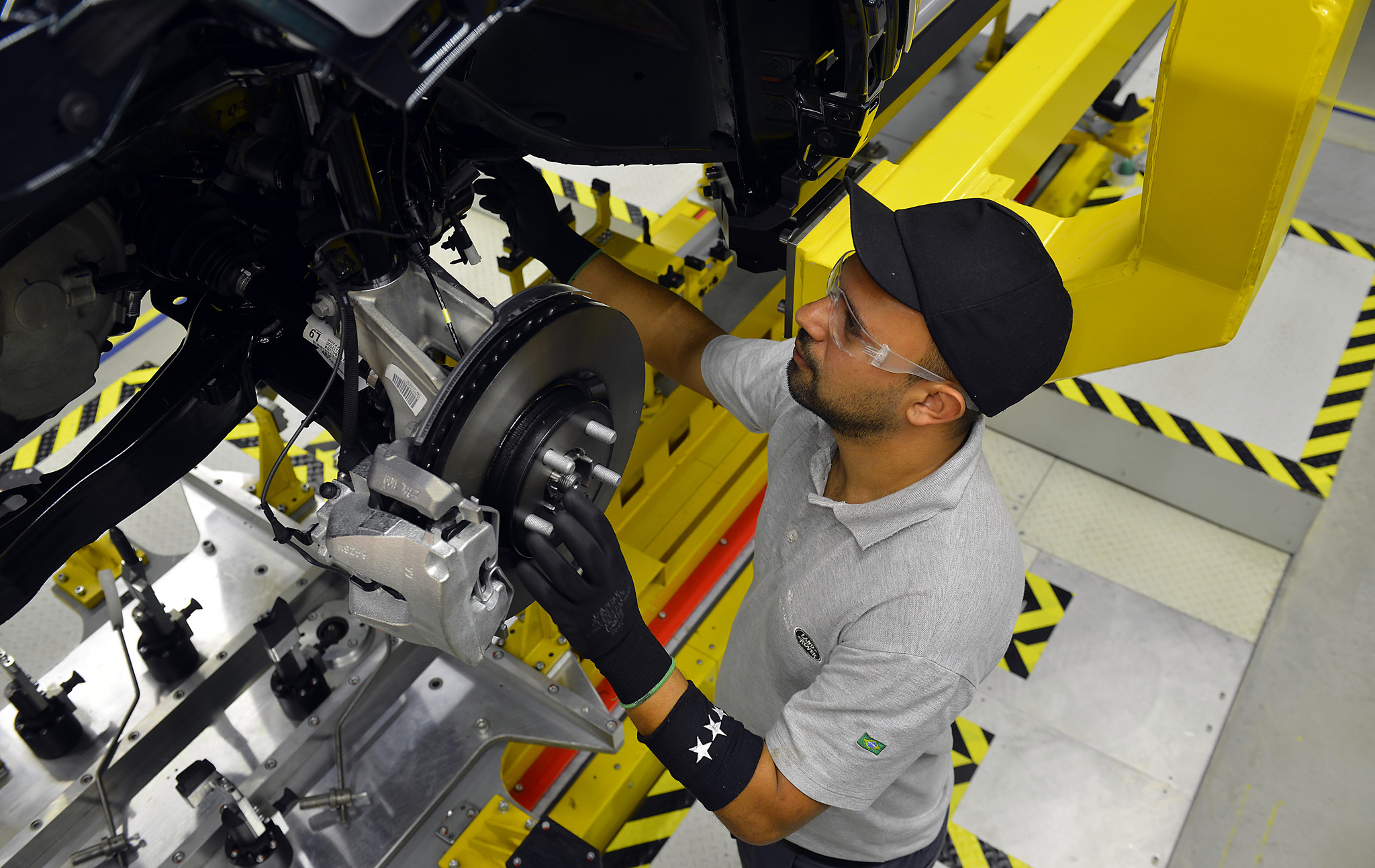A closely watched survey shows that economic growth across the 19-country eurozone has slipped back in June to a five-month low but that the region still enjoyed its best quarter for more than six years.
Financial information firm IHS Markit says its eurozone composite purchasing managers’ index, a broad gauge of economic activity across the manufacturing and services sectors, fell to 55.7 points in June from 56.8 the previous month. Despite the decline, the index is way above the 50 level that marks expansion, news outlets reported.
The firm also said that job creation remained at a near decade-high as order books and business confidence were strong.
Chris Williamson, IHS Markit’s chief business economist, said the survey is consistent with second-quarter growth of 0.7%, higher than the first quarter’s 0.6%.
A fall in the service sector component pushed down the headline number while manufacturing proved to be the main bright spot. Factory activity rose to hit 57.3 this month from 56.8 in May. Robust manufacturing activity matches the performance in France and German this month, where growth also accelerated. Still, the quarter as a whole was the best PMI performance in six years, said IHS Markit.
The eurozone’s robust recovery has surprised many analysts this year, with growth shrugging off political jitters and unemployment at its lowest since 2009.
Jessica Hinds at Capital Economics expects annual GDP to accelerate to 2% this year–its strongest pace since 2015. Still, expanding growth will not be enough for the ECB to tighten monetary policy until 2019, she said.
Germans' purchasing power increased in the first quarter at its weakest rate in more than three years as inflation accelerated in Europe's largest economy, data from the Federal Statistics Office showed on Friday.
Real wages climbed by 0.6% between January and March compared with the same period last year—their slowest rise since the end of 2013.
Earnings rose by 2.6%, a stronger rate than in the previous three quarters, but inflation picked up to 1.9%, reaching its highest level since the end of 2012, partly due to the higher cost of petrol and heating oil.
Rising wages, record high employment and ultra-low borrowing costs have helped make consumption a key pillar of growth in Germany, which has traditionally been an export-driven economy.
Strong and Stable
The deluge of cash poured into the eurozone economy in recent years by the European Central Bank appears to have finally resulted in solid—and more importantly, steady—economic growth, along with rising inflationary pressures, Reuters reported earlier in the week.
To borrow a phrase from British Prime Minister Theresa May's ill-fated election campaign, it's beginning to look strong and stable.
As well as cutting borrowing costs to rock bottom, the European Central Bank has bought well over a trillion euros of mainly government bonds as part of a battle to drive growth and get inflation back to its 2% target ceiling.
At last, the ultra-loose monetary policy appears to be paying dividends. Eurozone growth hit its fastest rate in two years at the start of 2017, and while it has probably slowed a tad this quarter, it remains robust.
Growth Revised Up
The bloc's economy expanded by 0.6% in the first quarter of the year, up from a previous estimate of 0.5%, EU statistics agency Eurostat announced recently. Annual growth was also revised up from 1.7% to 1.9%.
It means the union was a better performer than the United States, with annualized growth of 2.3% between January and March period, compared to 1.2% in America.
It comes ahead of an update from the European Central Bank where policymakers are expected to plough on with current measures to boost the economy, including a huge money-printing program.
Better economic growth in the eurozone is good news for the bank, but inflation remains below target, which is set to keep policy unchanged.
However, it is thought that recent growth could prompt the ECB to remove a reference to "downside risks" in its opening statement.


